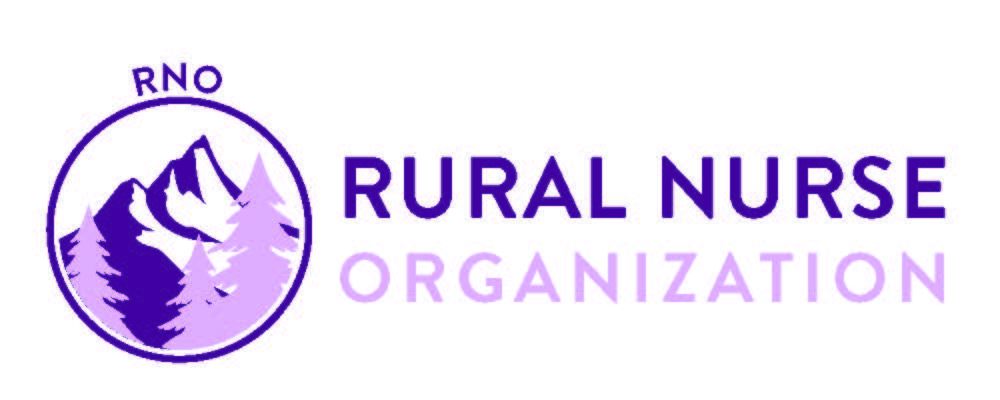Safeguarding Rural Healthcare
The Critical Role of AHEC and SORH Amid FY 2026 Funding Threats
Stacy Stellflug, PhD, APRN, FNP-BC: Associate Professor of Nursing
Montana State University – Mark and Robyn Jones College of Nursing
Anne Brown, PhD, MSN, RN: Assistant Professor of Nursing
Montana State University – Mark and Robyn Jones College of Nursing
Rural healthcare depends on a strong and sustainable workforce for equitable access to care. Proposed reductions in Health and Human Services (HHS) funding in Fiscal Year 2026 budget place the rural healthcare workforce at risk by eliminating or restructuring programs critical for recruitment, retention, and long-term support. Two cornerstone programs in the rural healthcare workforce safety net are Area Health Education Center (AHEC) and State Offices of Rural Health (SORH).
AHEC, established by Congress in 1971, was created to address persistent shortages and maldistribution of healthcare professionals in rural and underserved areas (AHEC, 2025). AHECs prepare and support healthcare providers to serve rural and underserved populations.
Similarly, SORH was established by Congress in 1987 to advise and guide federal healthcare initiatives in matters affecting rural healthcare (Rural Health Information Hub, 2025). They provide technical assistance, strategic planning, and data to strengthen health care delivery and ensure rural perspectives in policy decisions (HRSA, 2024).
As of September 2025, Congress has not yet passed the full appropriation bills. Funding levels for AHEC remain under negotiation. SORH funding appears to be routed through a new Rural Health Transformation Program; however, it is unclear if it will preserve the current role and function of SORHs.
The potential effects of eliminating/restructuring of AHEC and SORH jeopardize decades of advancement in rural health workforce development. Rural and underserved communities could experience significant disruptions in accessing healthcare through worsening of workforce shortages, fewer clinical training sites, loss of pipeline programs, and decreased retention of the current healthcare workforce. Both AHEC and SORH collaborate with healthcare facilities and providers across rural states to sustain and expand services.
AHEC and SORH connect rural and underserved communities to vital resources and improve the quality of care provided. Academic nursing collaboration with AHEC and SORH offers opportunities to build and support the workforce pipeline and support nursing education through interprofessional education, clinical placement facilitation, and partnerships on federal grants. For nurses practicing in rural areas, connecting with AHEC and SORH keeps them informed, educated, and connected to the broader healthcare workforce. Community members and stakeholders should reach out to local and federal lawmakers to emphasize the importance of AHEC and SORH, while emphasizing compelling data to demonstrate quality outcomes. Community members sharing their successes through use of these programs is important. The future of rural health depends on their continued presence and impact.
References
AHEC. (2025). What AHECs do. Retrieved August 1 from
https://www.nationalahec.org/page/WhatAHECsDo
Rural Health Information Hub. (2025). State Office of Rural Health. HRSA. Retrieved August 1
from https://www.ruralhealthinfo.org/organizations/state-office-of-rural-health
